As a nurse, understanding focus charting or F-DAR charts is important for accurately tracking patients’ health progress. These charts offer a structured approach to patient documentation that enhances clarity, communication, and continuity of care in healthcare settings. By learning about the components of F-DAR charts, nurses can effectively record information to ensure patients receive optimal care.
What is Focus Charting or F-DAR?
Focus Charting of F-DAR is one of the many documentation and recording methods that is intended to make the client and client’s concerns and strengths the focus of care. It is a method of organizing health information in an individual’s record. Focus charting is a systematic approach to documentation.
What are the Advantages of Focus Charting?
The following are the advantages of focus charting:
1. Flexibility. It can adapt to various clinical practice settings, whether it’s in hospitals, clinics, or long-term care facilities. This adaptability allows healthcare professionals to use focus charting regardless of the specific environment they work in.
2. Nursing Process Orientation. Focus charting centers on the nursing process, which includes assessment, planning, implementation, and evaluation. By following this systematic approach, nurses can provide comprehensive and individualized care to the patients.
3. Organized Data. Information in focus charting is structured and organized according to the focus, making it easier for healthcare professionals to find relevant data quickly.
4. Interdisciplinary Documentation. Focus charting fosters interdisciplinary documentation, promoting collaboration among healthcare team members to ensure comprehensive patient care is documented by all involved professionals.
5. Compatibility with computer-based documentation systems. Focus charting integrates smoothly with computer-based systems, streamlining documentation, enhancing data accessibility, and improving collaboration among healthcare teams, ultimately benefiting patient care delivery.
What are the Main Components of an F-DAR chart?
Three columns are usually used in Focus Charting for documentation:
1. Date and Time. The first column indicates when the documentation entry was made and specifies the exact time when an event, assessment, intervention, or observation occurred.
2. Focus (F). This is a statement of the central focus of the patient’s care. It could be a problem, a nursing diagnosis, a symptom, a treatment, or any other aspect that needs immediate attention.
3. Progress Notes. The progress notes are organized into (D) Data, (A) Action, and (R) Response, referred to as DAR (third column).
- Data (D). The data category resembles the assessment phase of the nursing process. This includes vital signs, behaviors, and other observations noticed by the patient. Both subjective and objective data are recorded in this category.
- Action (A). The action category mirrors the planning and implementation phases of the nursing process and encompasses immediate and future nursing actions. This may include medications administered, procedures performed, patient education provided, or referrals made to other healthcare professionals.
- Response (R). The response category reflects the evaluation phase of the nursing process. This includes any changes in the patient’s condition, improvements or deterioration, and any additional actions taken based on the response.
| Date/Time | Focus | Progress Notes |
|---|---|---|
| 3/7/2024 8:00 PM | Focus of care, this may be a nursing diagnosis, behavior, a sign or a symptom, significant event in the patient’s treatment, or an acute change in the behavior. | (D) Data: (A) Action: (R) Response: |
Focus Charting (F-DAR) Examples
Listed below are examples of focus chartings for different problems.
Example 1: F-DAR for Hyperthermia
The focus of this problem is hyperthermia. Notice the way how the D, A, and R are written.
| Date/Time | Focus | Progress Notes |
|---|---|---|
| 5/20/2023 7:10 PM | Hyperthermia | Data: – Patient reports feeling warm and flushed. – Temperature: 38.8ºC via axilla – Skin is warm and dry Action: – Administered acetaminophen 650 mg orally as ordered. -Applied cold compresses to forehead and axilla. – Encouraged adequate fluid intake as tolerated. Response: – Temperature decreased to 37.5°C within 2 hours post-administration of acetaminophen. – Patient reports feeling cooler and more comfortable. – Skin remains warm but less flushed. – Continued monitoring of vital signs and temperature every 4 hours. |
Example 2: F-DAR for Pain Management and Wound Assessment in a Postoperative Patient
| Date/Time | Focus | Progress Notes |
|---|---|---|
| 2/23/2024 9:00 AM | Acute postoperative pain | Data: – Patient reports a sharp pain in the abdominal incision area with a pain intensity of 8/10 on the numerical rating scale. – Vital signs within normal limits. – Surgical incision site red, swollen, and warm to touch. Action: – Administered 50 mg IV tramadol as ordered. – Provided ice pack for localized pain relief. – Assisted patient in finding comfortable position and immobilized surgical sites as needed. – Educated patient on deep breathing exercises and relaxation techniques. Response: – Pain intensity reduced to 5/10 within 30 minutes post-medication administration. – Incision site swelling decreased. – Patient reports feeling more comfortable and able to rest. |
| 2/23/2024 1:30 PM | Wound Appearance | Data: – Redness and swelling around the wound site. – Serosanguinous drainage noted on dressing, wound edges approximated. – No signs of infection observed. Action: – Changed dressing using aseptic technique. – Assessed wound for any signs of dehiscence. – Reinforced wound care instructions to the patient. Response: – Patient reports decreased pain after dressing change. – Wound edges remain approximated. – No new signs of infection noted on subsequent assessment. |
Example 3: F-DAR for Fall Prevention
| Date/Time | Focus | Progress Notes |
|---|---|---|
| 07/18/2023 10:00 PM | Preventing falls in a high-risk patient. | Data: – Patient history of recurrent falls. – Weakness and unsteady gait noted during ambulation. – Environment assessed for fall hazards and non-slip socks applied. – Bed alarm activated, and call light placed within reach. Action: – Implemented environmental modifications to reduce fall hazards (e.g., installing grab bars, improving lighting). – Encouraged the use of assistive devices such as a walker or cane. – Implemented hourly rounding to address patient needs and safety concerns. – Educated patient on the importance of using call light for assistance. Response: – No falls occurred during the shift. – Environment remains free of clutter and fall hazards. – Patient reports feeling supported and attended to by nursing staff. -Continued implementation of fall prevention strategies throughout hospitalization. |
| 7/19/2023 8:15 AM | Impaired Physical Mobility | Data: – “I’ve been feeling really unsteady on my feet lately, especially when I try to walk without any help.” – Physical therapy assessment indicates decreased range of motion in lower extremities. – Requires assistance with transfers from bed to chair and vice versa. Action: – Assisted patient with ADLs and mobility activities as needed. – Encouraged regular participation in physical therapy sessions to improve strength and range of motion. – Educated patient on safe transfer techniques and the importance of using assistive devices. Response: – Patient demonstrates improved ability to transfer independently with minimal assistance. – Reports decreased fear of falling and increased confidence in mobility. – Physical therapy notes increased muscle strength and improved range of motion in lower extremities. – No incidents of falls or near falls reported during hospital stay. |
Example 4: F-DAR for Behavioral Intervention for Agitated Patient with Dementia
| Date/Time | Focus | Progress Notes |
|---|---|---|
| 12/18/2021 11:00 PM | Agitation and aggressive behavior in a patient with dementia. | Data: – Patient pacing, shouting, and exhibiting combative behavior toward staff and other patients. – History of dementia with recent changes in behavior. – No signs of acute physical illness. Action: – Engaged patient in calming activities such as listening to music and guided relaxation exercises. – Provided reassurance and redirection. – Implemented safety measures to prevent injury to self and others. Response: – Reduction in agitation and aggressive behavior observed within 45 minutes post-intervention. – Patient appears calmer and more cooperative. – Continued monitoring for any recurrence of agitation. |
Example 5: F-DAR for Nutrition Assessment and Intervention for a malnourished patient
| Date/Time | Focus | Progress Notes |
|---|---|---|
| 09/15/2023 08:30 AM | Nutritional status and intervention for a malnourished patient. | Data: – Patient reports poor appetite and unintentional weight loss. – BMI: 17.5 kg/m², indicating underweight status. – Laboratory findings reveal hypoalbuminemia and low total protein levels. – Nutritional intake documented to be below recommended daily allowances. Action: -Referred patient to a dietitian for comprehensive nutritional assessment and individualized meal planning. -Initiated a high-protein, high-calorie diet and encourage frequent small meals and snacks. -Monitored intake and output, weight, and laboratory values related to nutritional status. Response: – Patient demonstrates improved appetite and compliance with dietary recommendations. – Progressive weight gain was observed over subsequent days. – Laboratory values show improvement in albumin and protein levels. – Continued monitoring of nutritional status and adjustment of dietary plan as needed. |
Sources and References
- Berman, A., Frandsen, G., & Snyder, S. (2015). Kozier and Erb’s Fundamentals of Nursing.
- Blair, W., & Smith, B. (2012). Nursing documentation: Frameworks and barriers. Contemporary Nurse, 41(2), 160–168.
- Kozier, B., Erb G., et al., (2018). Fundamentals of Canadian Nursing






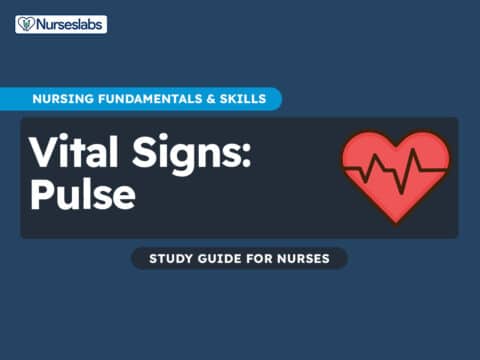
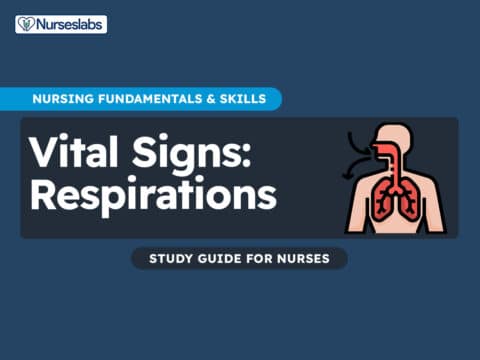
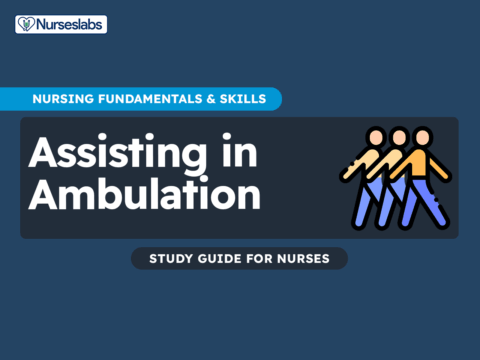
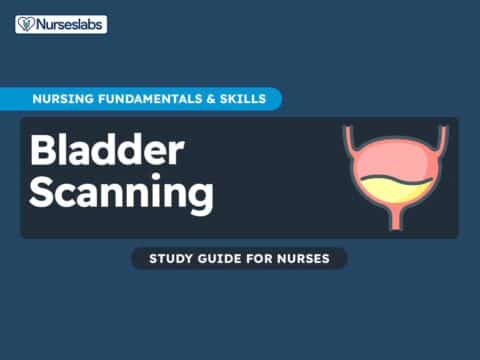
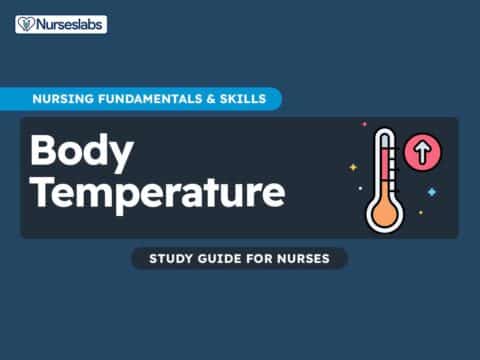

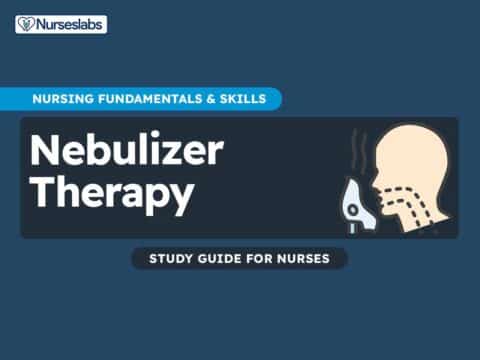






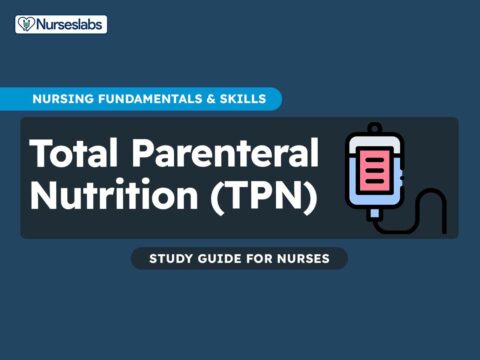
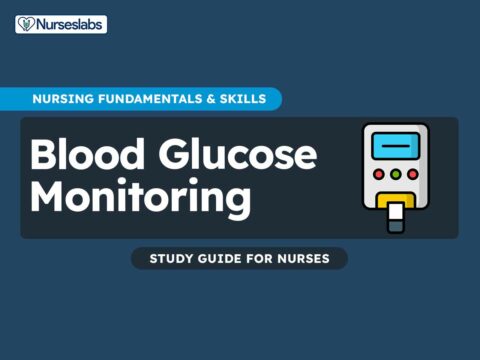
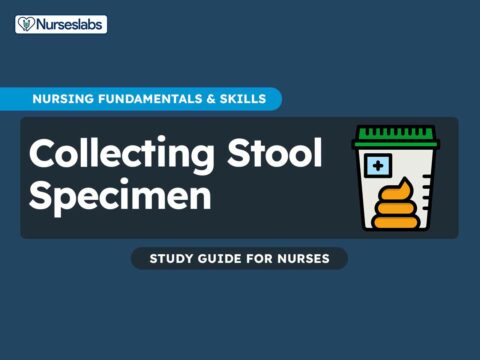
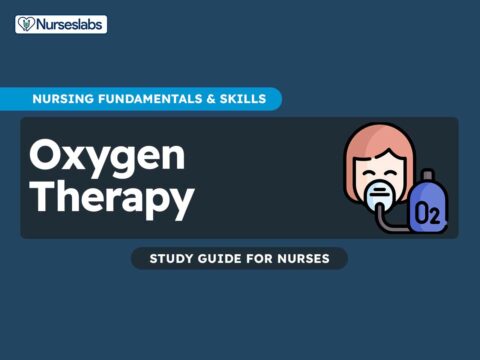
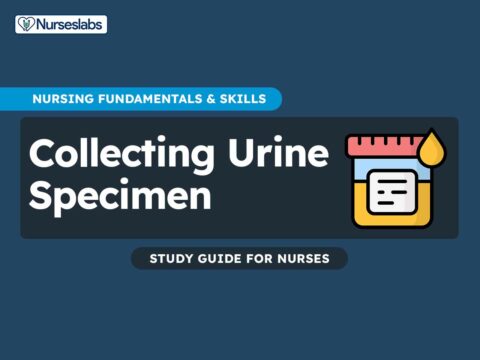
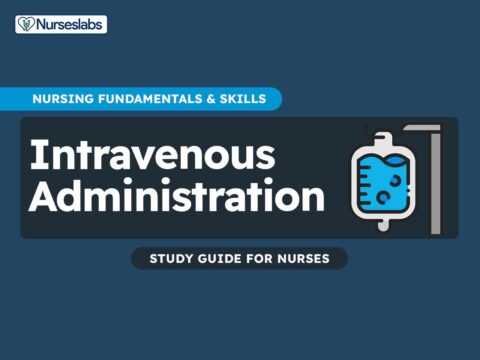







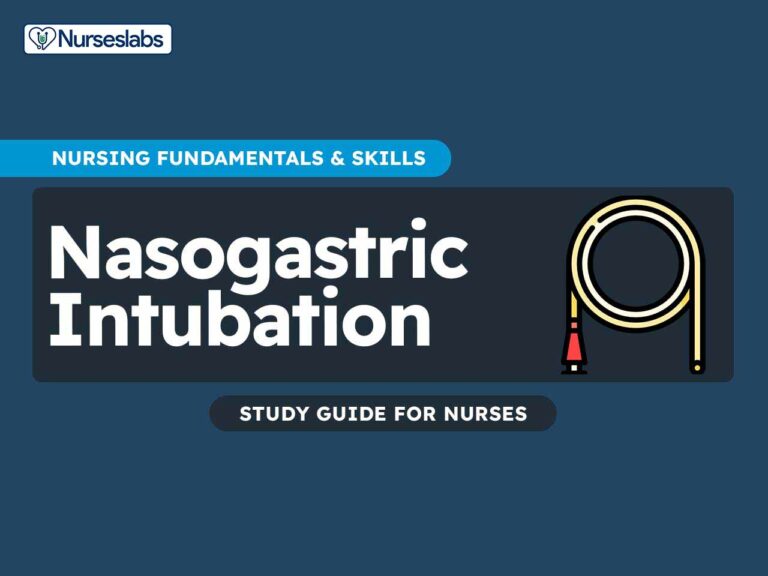

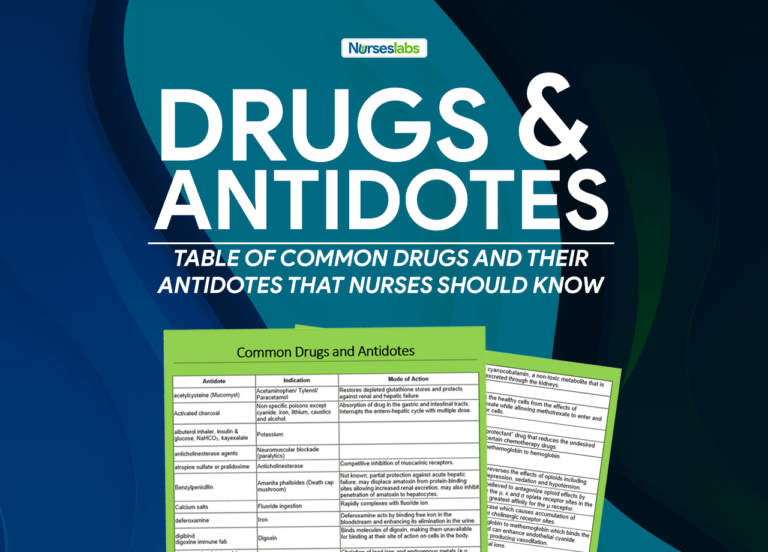
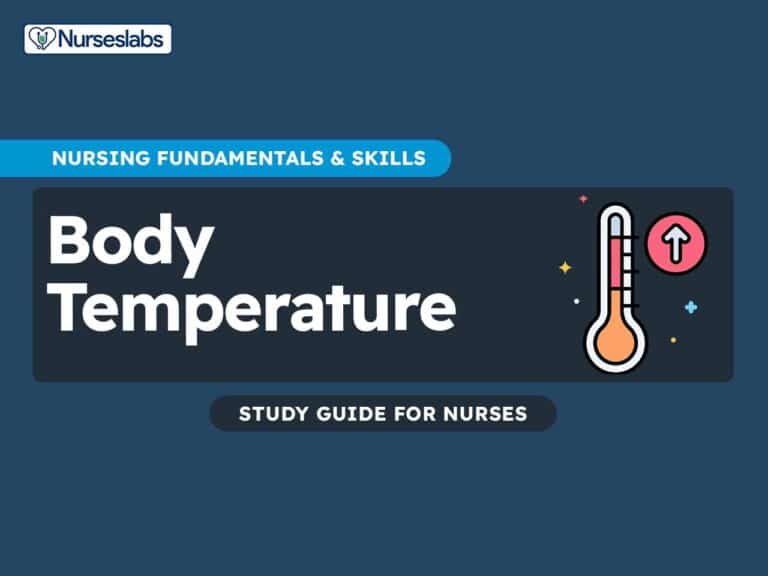

Leave a Comment